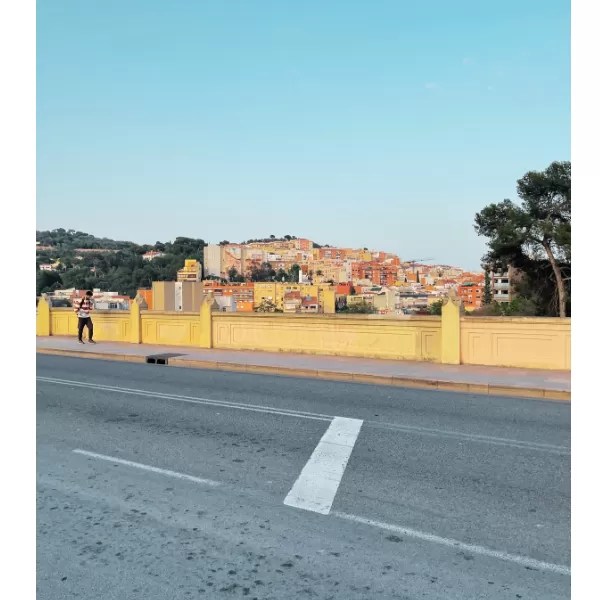Welcome to the ultimate guide to exploring Spain! My love for this beautiful country started during an unforgettable year I spent studying in Madrid. The city’s vibrant culture, stunning architecture, and incredible food left a lasting impression on me. Each region has its own charm, making Spain a beautiful destination to explore.
What to Expect
Language: The official language is Spanish.
Currency: The currency in Spain is the Euro.
Credit Cards and ATMs: You should have no trouble finding ATMs around Spain. If you’re spending time in an isolated region, carry enough cash on hand for the necessities. Mastercard and Visa are accepted at most machines, restaurants, and stores.
Plugs: In Spain, plugs of types C and F are used. The standard voltage is 230 volts, and the standard frequency is 50 Hz. I suggest purchasing a universal adapter with surge protection and using a converter for hairdryers and hot tools.
Safety: Spain is one of Europe’s safest countries. Despite the low crime rate, you should be wary of pickpockets in metros and crowded tourist destinations.
Best Time to Visit
The best time to visit Spain depends on what you want to experience. Spring (April to June) and early autumn (September to October) offer mild weather, making them ideal for exploring cities like Madrid and Barcelona or enjoying the beautiful beaches along the Costa del Sol. These months also see fewer tourists compared to the summer peak, allowing for a more relaxed experience.
However, if you’re looking to soak up the sun, summer (June to August) is perfect for beach destinations, though it can get quite hot, especially in inland regions. Winter is ideal for those interested in cultural festivals and exploring Spain’s historic sites without the crowds.
Getting Around
- Trains: The high-speed AVE trains connect major cities like Madrid, Barcelona, and Seville. Renfe operates the national rail service.
- Buses: Alsa and other companies offer long-distance and regional routes at affordable prices.
- Car Rental: Ideal for exploring rural areas, the countryside, and regions like Andalusia and Galicia.
Cultural Tips
- Siesta: Many shops and restaurants close in the afternoon for a break, usually from 2 PM to 5 PM but it differs at every institution.
- Tipping: Not mandatory, but leaving a small tip (5-10%) is appreciated in restaurants.
- Language: Although Spanish is the official language, certain regions speak languages like Catalan, Basque, and Galician.
Top Destinations
Have a look at some of my favourite memories from each destination.
- Madrid: Spain’s capital and my favourite city offers world-class museums like the Prado, stunning parks like the Retiro, and vibrant nightlife.

- Barcelona: Explore Gaudí’s architectural wonders, including the Sagrada Família and Park Güell, along with beautiful beaches.

- Mallorca: A Balearic paradise known for its stunning beaches, charming villages, and the dramatic Serra de Tramuntana mountains.

- Malaga: Offers a vibrant mix of stunning beaches, rich history, highlighted by the Picasso Museum and its charming old town.

Final Tips : Book accommodations in advance during peak seasons, especially in popular cities. Embrace the local culture by enjoying long meals, exploring hidden gems, and taking time to relax and enjoy Spain’s vibrant atmosphere.



